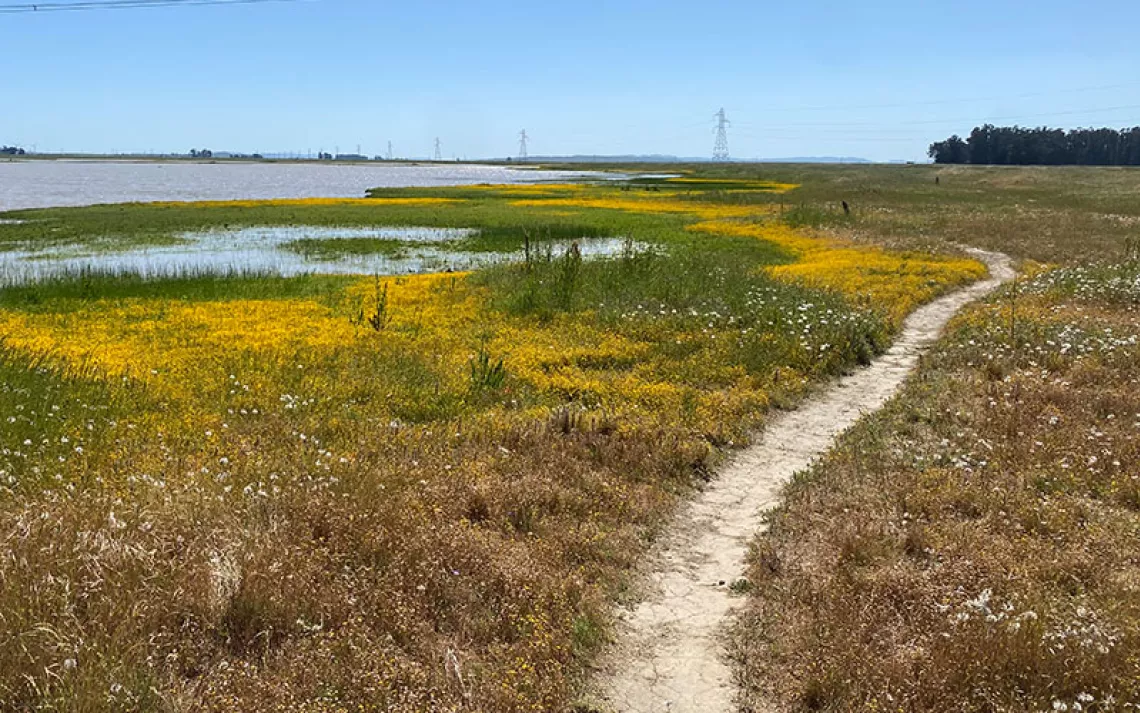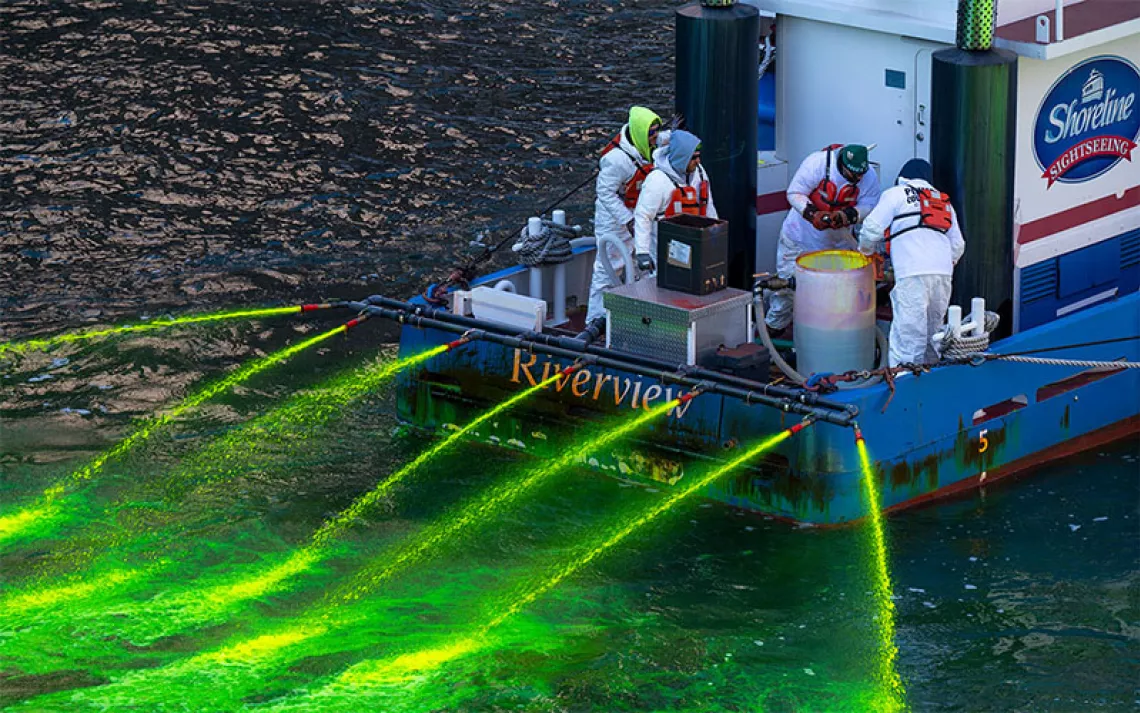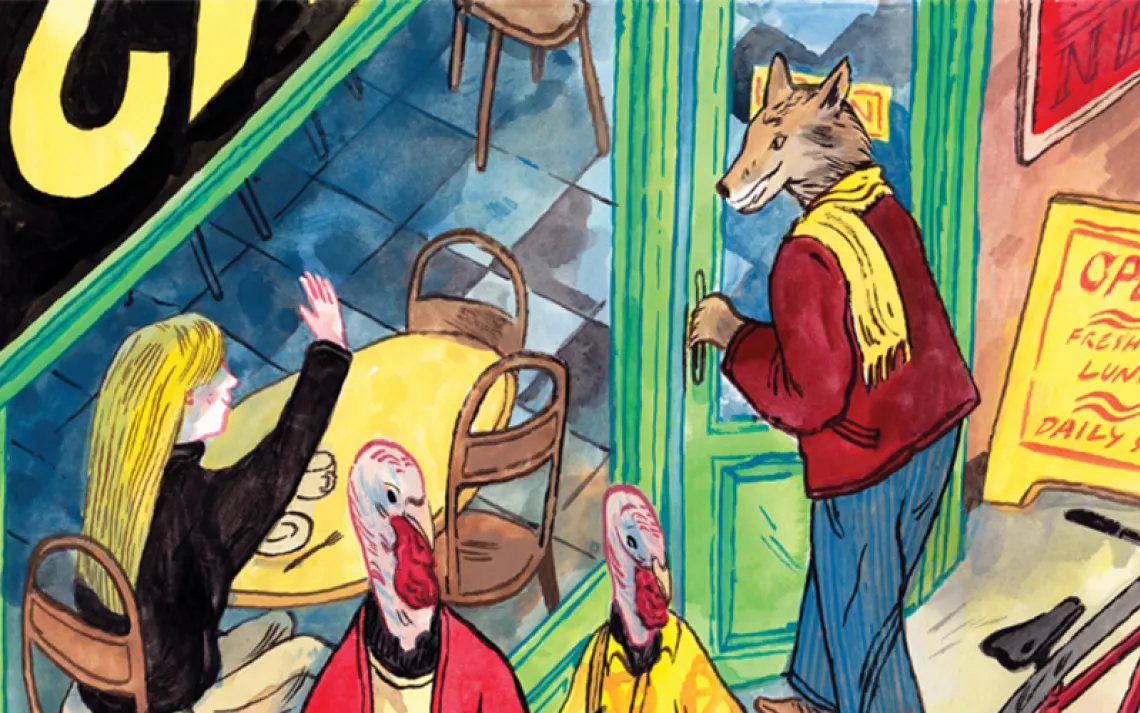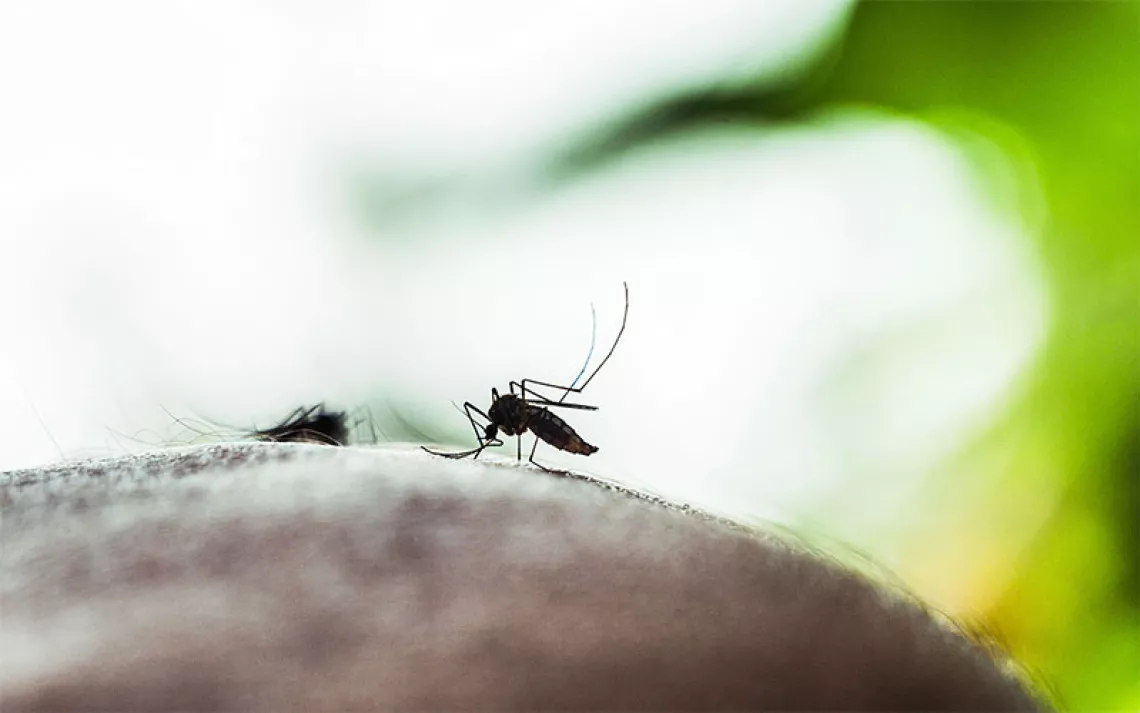A Tree Grows in Brooklyn—And Every City
Tree planting in urban areas can bring jobs, boost public health, improve access to nature
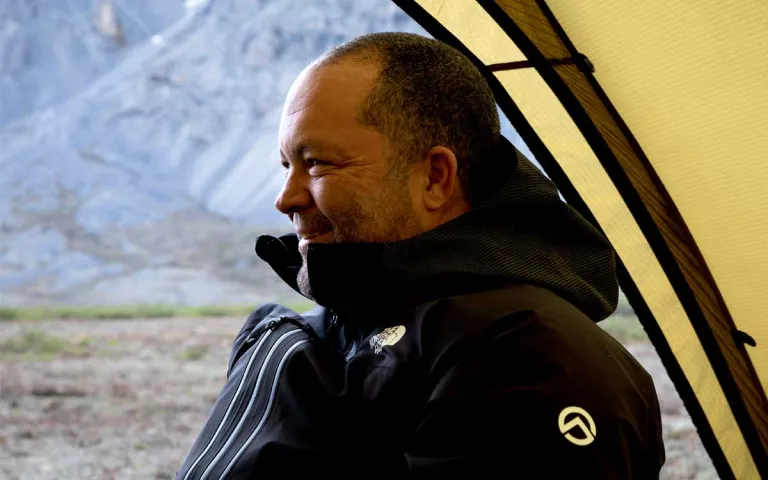
Ben Jealous is the executive director of the Sierra Club. | Photo by Ian Martin
In college, I spent up to 30 hours a week restoring low-income housing in brownstones and six-story walk-ups across Harlem in New York City. Compared with my experience growing up on the coast of Northern California, the Harlem landscape often felt lunar: cold, concrete, and mostly devoid of trees.
Some days I would marvel at trees that grew despite it all. Like the tree in Betty Smith's 1943 classic A Tree Grows in Brooklyn, the Harlem trees grew from rubble heaps and piles of trash. They arched their way through buildings that were in such states of disrepair they seemed hollow. Their trunks and branches would sometimes grow all the way up through a hole in what used to be the roof. Thus has been the state of urban forestry in many places for far too long.
One of the most heroic—if unheralded and underappreciated—elements of the Biden administration's Inflation Reduction Act is its investment in urban tree planting. In total, $1.5 billion will pay for new trees in more than 350 cities and tribal communities.
Homer Wilkes, the Department of Agriculture's undersecretary for natural resources and the environment, is the man spearheading that initiative. It is a big deal; Wilkes is eager to impart this to every mayor he meets. Trees are not just a nice-to-have in our communities. No, trees are a need-to-have.
Urban trees are valuable for so many reasons. They reduce surface temperatures in this era of increasing heat waves. They cleanse the air and help protect against flooding during storms. Like access to nature across the board, they also improve residents' mental and physical health. There's even a correlation with public safety: Neighborhoods with more street trees have lower crime rates.
The federal investment in urban forestry comes as refreshing news to Sierra Club chapters across the country that have advocated for expanding green spaces and environmental justice for decades. And expanding our urban tree cover is truly an issue of environmental justice.
A Public Library of Science study found that blocks in low-income urban areas were, on average, 2.7°F hotter than high-income blocks. That was due in part to there being 15.2 percent less tree cover.
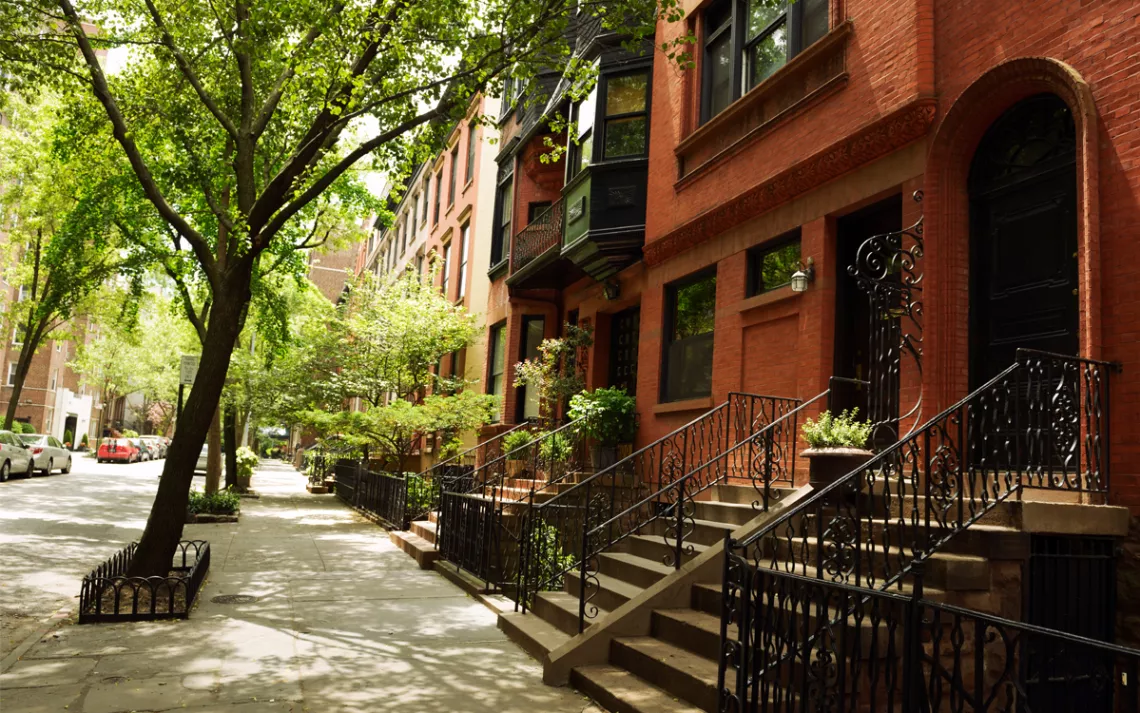
Photo by Lisa-Blue/iStock
Part of the administration's investment includes having the Forest Service provide up to $250 million to help states and territories make access to trees more equitable. It is part of the Biden administration's Justice40 Initiative. The "40" in Justice40 refers to the goal of ensuring 40 percent of the benefits of certain government investments reach communities that are disadvantaged or nature deprived.
Getting more green into our cities is important for so many reasons: Reducing heat stress and advancing equity. Improving physical, mental, and emotional health. Creating local jobs for the planting and maintenance of trees, and the building and upkeep of parks. And giving our kids safe places to play and enjoy the outdoors—which, as a parent, is immensely important to me and so many people reading this.
These benefits are undeniable. That is why increasing access to trees and clean natural spaces for people everywhere is something we all agree on. Americans from every geographical, cultural, and political pocket of the country are in favor of expanding trees and parks. We know in our souls and in our bodies that spending time in natural spaces is good for us. The ongoing bipartisan efforts in Congress to plant and maintain more trees and create and expand green spaces in cities are a testament to this.
So, as we consider the trees we want to grow in Brooklyn and every urban area across the land, let us pluck the low-hanging fruit. Planting more city trees is an environmental goal that is, truly, shovel-ready.
 The Magazine of The Sierra Club
The Magazine of The Sierra Club
